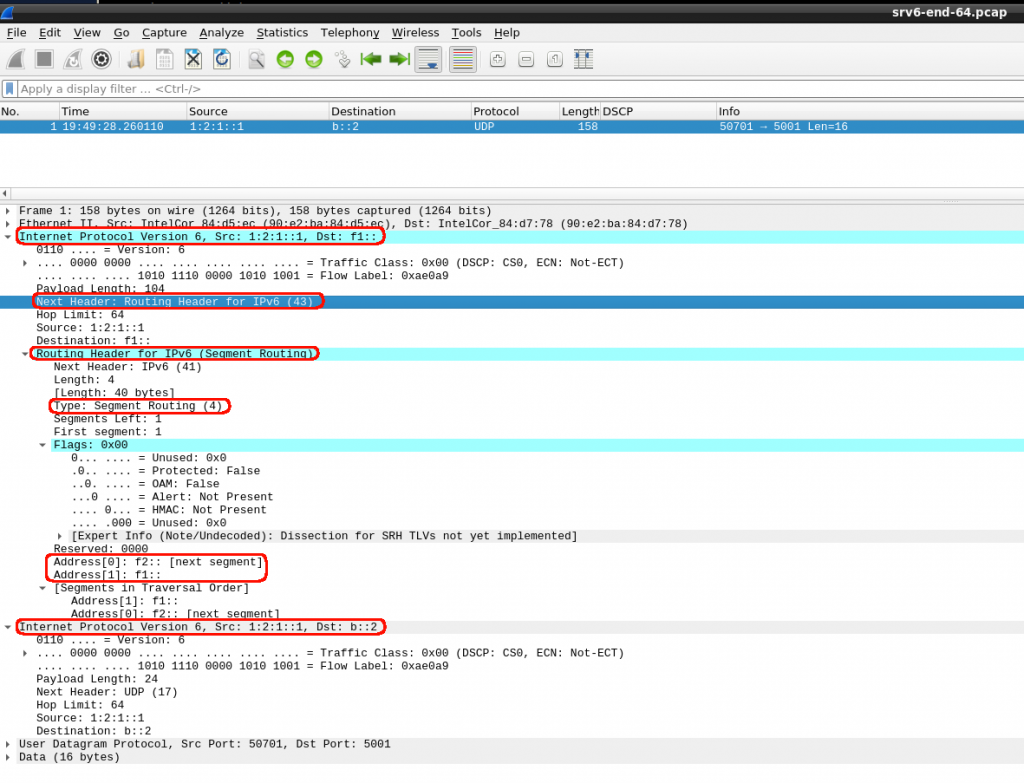I have remembering my Karate for nearly the last two months. It has been a quite satisfying choice and has brought some good and old feelings.
As I have been adding katas to my set, I wanted to write and find some info in the web about the origin of Karate (and see if it matches my memory) and the main kata stiles I learned in my time. Not sure if it is still the same though.
I think for my black belt exam, apart from performing some katas in front of my teacher, I had to answer some questions about Karate history.
I dont know why, I can still remember bodhidharma, and Indian Buddhist monk, as the person considered for starting martial arts in Asia. Then it spread to southern China and then to Okinawa. There, it developed while some King forbade weapons so people needed other ways for self-defence. And finally, get to Japan after some conquering. Yeah, very short summary. Surely a better version here.
From my time, we had three stiles of “superior” katas: shuri-te, naha-te and tomari-te. I can’t forget the big picture of Gichin Funakoshi (Father of modern karate) in our tatami.
We used to consider naha-te katas the ones with a lot of “breathing” and “slow moves”. Katas with short and quick moves, were tomari-te katas.
And by chance, I was lucky to visit Okinawa (just for a weekend) when I was working in a project in Tokyo. It was a dream come true. Although I was expecting some spirituality there, I was lucky to attend a very important festival and laugh when some towns in the map where actually kata names!
Definitely, it is a very different place compared with Japan main islands.
